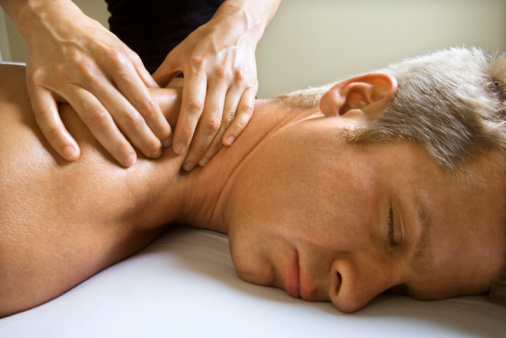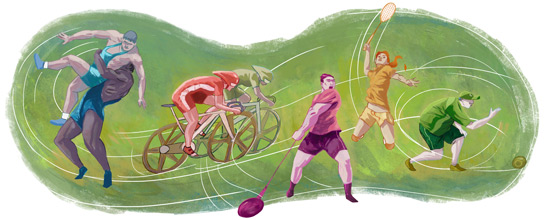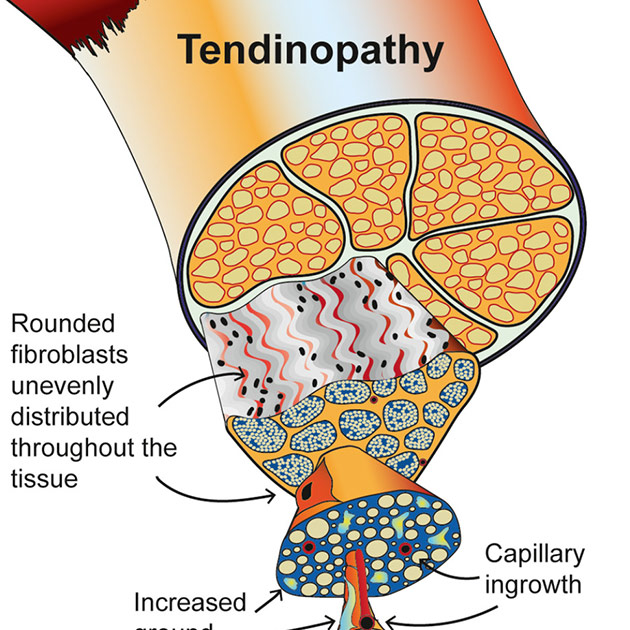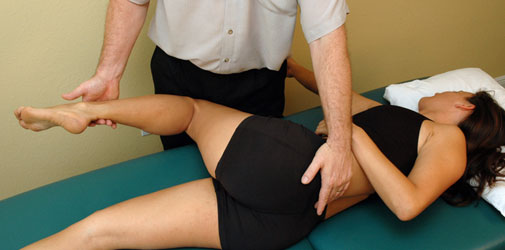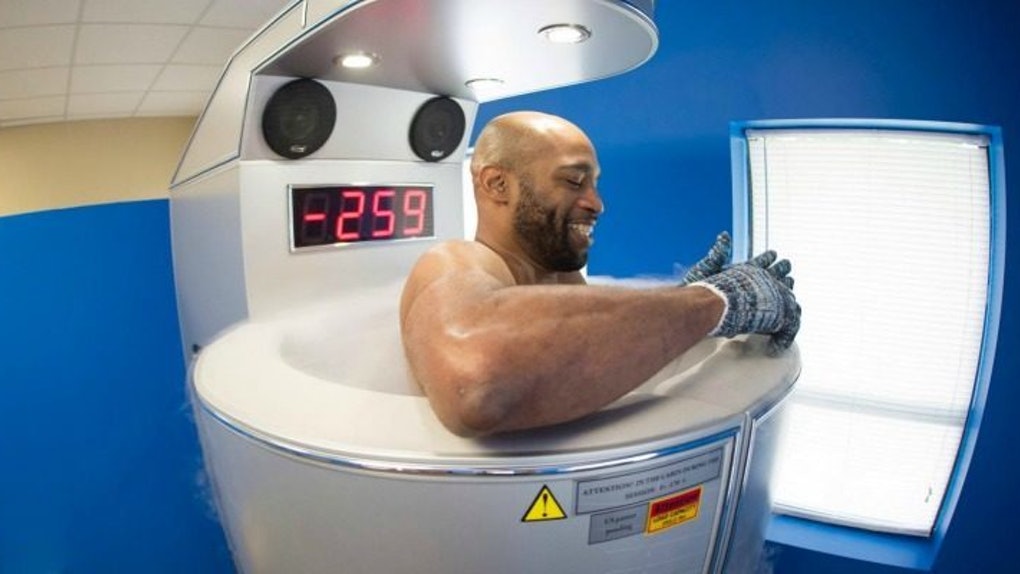
3 CEUs
The etiology of musculoskeletal pain, in particular back?pain, is often evaluated from an anatomical and biomechanical?standpoint and the influence of external forces?(i.e., loading) acting on the spine. What is often missing?is the evaluation of internal forces induced by the patient?s?own musculature.?
The stabilizing function of muscles?plays a critical and decisive postural role, which in turn is?dependent on the quality of central nervous system (CNS)?control. The approach of Kol?r to dynamic neuromuscular?stabilization (DNS) is a new and unique approach explaining?the importance of the neurophysiological principles of?the movement system.?
The DNS encompasses principles of?developmental kinesiology during the first year of the life;?these principles define ideal posture, breathing stereotypes,?and functional joint centration from a ?neurodevelopmental??paradigm. DNS presents a critical set of functional?tests to analyze the quality of functional stability of the spinal and joint stabilizers and to assist in finding the ?key?link? of dysfunction. The treatment approach is based on?the ontogenetic global postural-locomotor patterns.
The primary goal of treatment is to optimize distribution of?internal forces of the muscles acting on each segment of the?spine and/or any other joint. In the DNS treatment concept,?patient education and participation are imperative to?reinforce ideal coordination among all stabilizing muscles.
?
read more

3 CEUs
The etiology of musculoskeletal pain, in particular back?pain, is often evaluated from an anatomical and biomechanical?standpoint and the influence of external forces?(i.e., loading) acting on the spine. What is often missing?is the evaluation of internal forces induced by the patient?s?own musculature.
The stabilizing function of muscles?plays a critical and decisive postural role, which in turn is?dependent on the quality of central nervous system (CNS)?control. The approach of Kol?r to dynamic neuromuscular?stabilization (DNS) is a new and unique approach explaining?the importance of the neurophysiological principles of?the movement system.
The DNS encompasses principles of?developmental kinesiology during the first year of the life;?these principles define ideal posture, breathing stereotypes,?and functional joint centration from a ?neurodevelopmental??paradigm. DNS presents a critical set of functional?tests to analyze the quality of functional stability of the spinal and joint stabilizers and to assist in finding the ?key?link? of dysfunction. The treatment approach is based on?the ontogenetic global postural-locomotor patterns.
The primary goal of treatment is to optimize distribution of?internal forces of the muscles acting on each segment of the?spine and/or any other joint. In the DNS treatment concept,?patient education and participation are imperative to?reinforce ideal coordination among all stabilizing muscles.
?
read more

3 CEUs
The etiology of musculoskeletal pain, in particular back?pain, is often evaluated from an anatomical and biomechanical?standpoint and the influence of external forces?(i.e., loading) acting on the spine. What is often missing?is the evaluation of internal forces induced by the patient?s?own musculature.
The stabilizing function of muscles?plays a critical and decisive postural role, which in turn is?dependent on the quality of central nervous system (CNS)?control. The approach of Kol?r to dynamic neuromuscular?stabilization (DNS) is a new and unique approach explaining?the importance of the neurophysiological principles of?the movement system.
The DNS encompasses principles of?developmental kinesiology during the first year of the life;?these principles define ideal posture, breathing stereotypes,?and functional joint centration from a ?neurodevelopmental??paradigm. DNS presents a critical set of functional?tests to analyze the quality of functional stability of the spinal and joint stabilizers and to assist in finding the ?key?link? of dysfunction. The treatment approach is based on?the ontogenetic global postural-locomotor patterns.
The primary goal of treatment is to optimize distribution of?internal forces of the muscles acting on each segment of the?spine and/or any other joint. In the DNS treatment concept,?patient education and participation are imperative to?reinforce ideal coordination among all stabilizing muscles.
read more

3 CEUs
The etiology of musculoskeletal pain, in particular back?pain, is often evaluated from an anatomical and biomechanical?standpoint and the influence of external forces?(i.e., loading) acting on the spine. What is often missing?is the evaluation of internal forces induced by the patient?s?own musculature.
The stabilizing function of muscles?plays a critical and decisive postural role, which in turn is?dependent on the quality of central nervous system (CNS)?control. The approach of Kol?r to dynamic neuromuscular?stabilization (DNS) is a new and unique approach explaining?the importance of the neurophysiological principles of?the movement system.
The DNS encompasses principles of?developmental kinesiology during the first year of the life;?these principles define ideal posture, breathing stereotypes,?and functional joint centration from a ?neurodevelopmental??paradigm. DNS presents a critical set of functional?tests to analyze the quality of functional stability of the spinal and joint stabilizers and to assist in finding the ?key?link? of dysfunction. The treatment approach is based on?the ontogenetic global postural-locomotor patterns.
The primary goal of treatment is to optimize distribution of?internal forces of the muscles acting on each segment of the?spine and/or any other joint. In the DNS treatment concept,?patient education and participation are imperative to?reinforce ideal coordination among all stabilizing muscles.
?
read more


